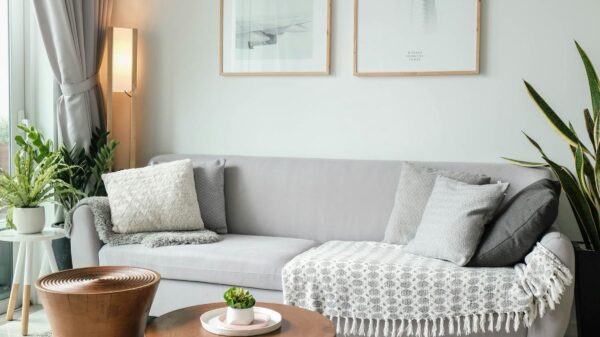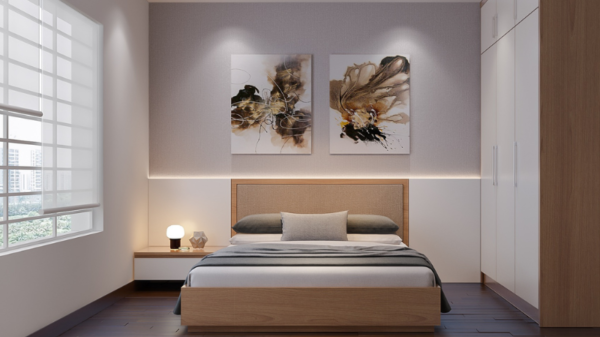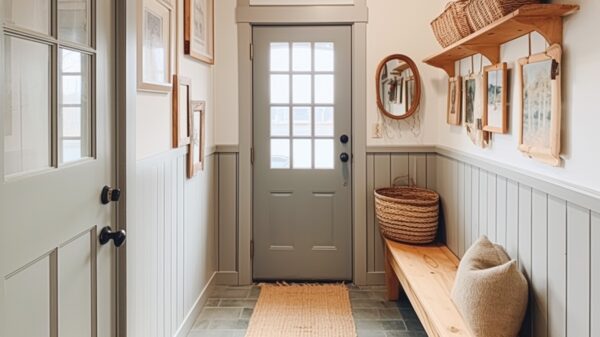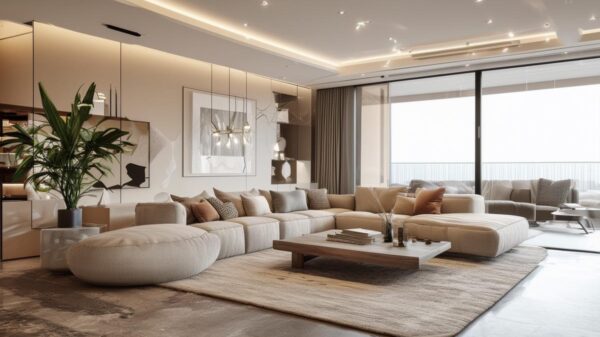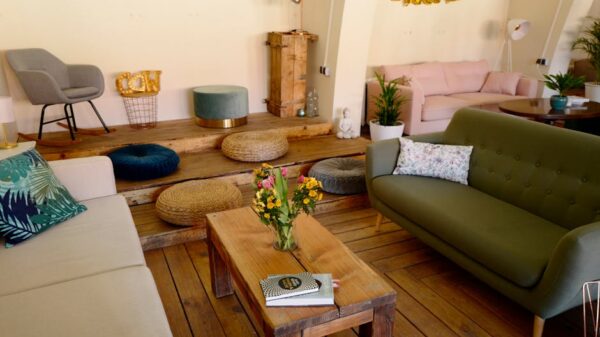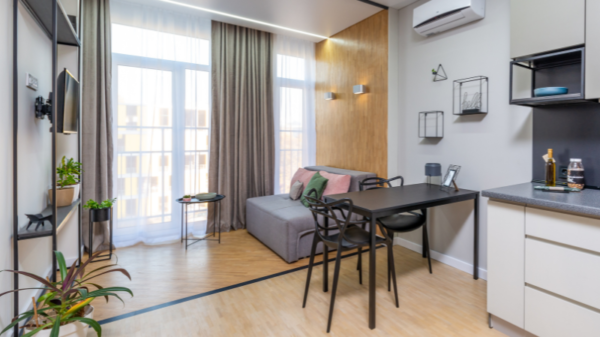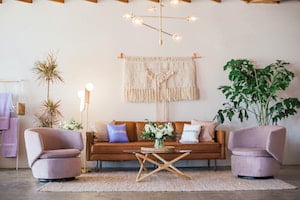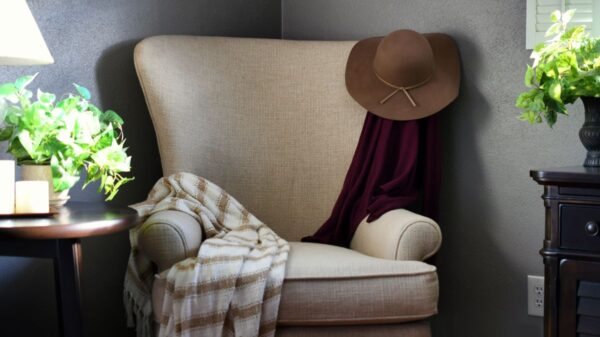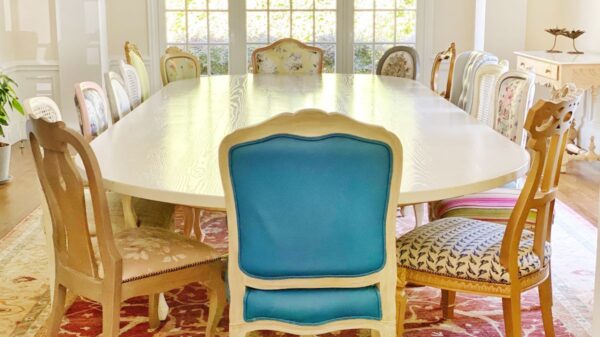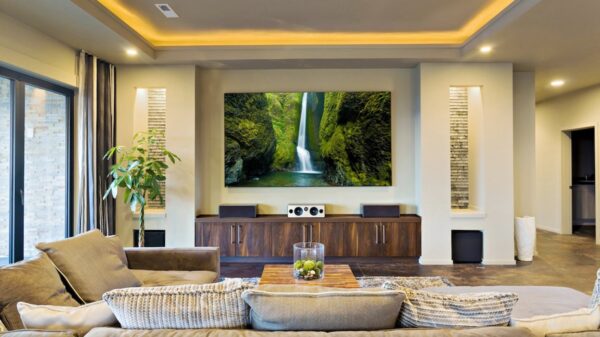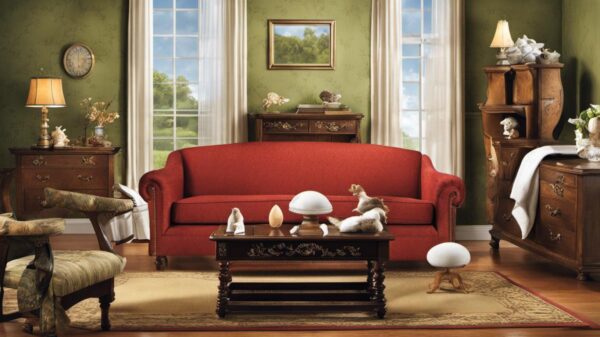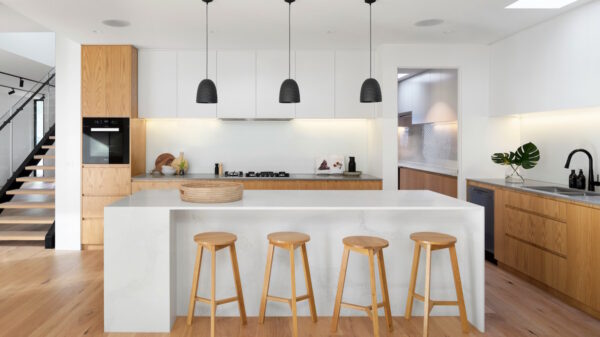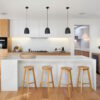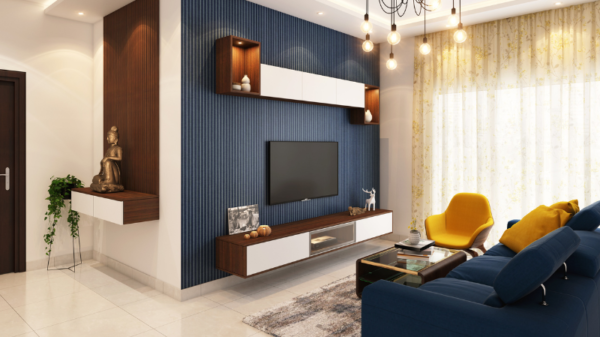Comfy Space Furniture Arranging Tips
An understanding of how to effectively arrange furniture can significantly enhance the functionality and aesthetics of any room. More than a simple rearrangement, it’s about being aware of the furniture dimensions, the intended use of the room, and striking a harmonious balance between beauty and practicality. Integral to this is the cognition of furniture measurements and the space required for their utilization. This core knowledge can drastically simplify the process of figuring out which furniture can fit in any given space, leaving no room for guesswork. Similarly, appreciating the purpose of a room is an invaluable guide for deciding the placement of furniture as per functional design elements such as creating focal points, allowing sufficient movement, and factoring in aspects such as natural light. So dive into this article with the best furniture arranging tips for a comfy space.
Understanding Furniture Dimensions for a Comfy Space
The Undeniable Influence of Furniture Dimensions on Room Arrangement
Welcome to the wonderful world of interior decoration and furniture arrangement! The way your furniture fits in a particular room can dramatically alter the feel and functionality of your space. Understanding furniture dimensions is an essential skill when it comes to applying furniture arranging tips for a comfy space.
At first glance, furniture dimensions might seem as straightforward as measuring length, width, and height. However, there’s a lot more to it. Besides knowing a piece’s actual size, understanding how it fits within the general context of a room is equally essential. This knowledge will determine if your selection is visually pleasing to the eye and comfortably functional within the space.
Furniture dimensions directly influence traffic flow within your room. By considering the measurements of your furniture pieces, you can strategically place them for easy movement around the room. Ideally, you would aim for approximately 2-3 feet of passageways between furniture pieces.
Additionally, furniture dimensions are integral in defining spaces within your rooms. For those with larger rooms or open floor designs, understanding a piece’s dimensions can help delineate areas. For example, pairing a long, low-back couch with a rug’s similar dimensions will mark out a living area in a combined living and dining room.
Understanding furniture dimensions also aids in maintaining balance and scale — crucial elements in room arrangement. A room feels balanced when the furniture pieces are proportionately scaled to each other and the room’s actual size. Therefore, having a large sofa in a small room can make the room feel cramped, while a small loveseat in a large room can look out of scale and make the space feel cold and uninviting.
When choosing furniture, understanding its dimensions can prevent potential headaches when it comes to fitting it through doorways, hallways, and stairs. So, besides ensuring your favorite couch complements your living room design, verify that it can physically get there relatively hassle-free.
Lastly, awareness of furniture dimensions can affect a room’s aesthetics in terms of visual weight. The term ‘visual weight‘ refers to how heavy a piece appears to the eye. Here, dimensions such as height play a critical role. Tall, bulky items seem heavier and fill a space more than low-lying, sleek pieces. Therefore, strategically combining these various “weights” can achieve a visually pleasing arrangement.
In conclusion, understanding furniture dimensions isn’t just about ensuring your new sofa will fit through the door. It’s about creating a balanced, functional, and beautiful living space. Whether it’s deciding on the right size bed for a bedroom, figuring out the right dining table length, or choosing a coffee table that complements your sofa, considering furniture dimensions truly elevates the space arrangement. So, next time before you go furniture shopping, remember to arm yourself with a tape measure and the knowledge of this furniture arranging tips for a comfy space!
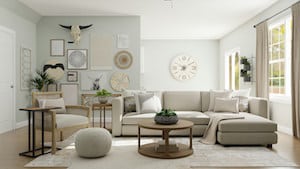
Room Functionality: Furniture Arranging Tips for a Comfy Space
“Master the Art of Understanding Furniture Dimensions – Transforming Spaces into Comfort Hubs”
Shifting our focus away from the essential significance and the vast influence of furniture dimensions on interior decoration and furniture arrangement, every hobbyist must realize something fundamental: all that space inside our rooms is three-dimensional. Not merely a blank canvas, it’s every bit a voluminous box ready to be filled. To make the most out of this space, we must delve into the concept of furniture volume.
Furniture volume considers the vertical element or height, along with the width and depth. This offers a more realistic perspective than dealing merely with surface area. A tall bookshelf may have the same footprint as a low table, but its impact on space utilization would be significantly different due to differences in height. Understanding this aspect allows for more accurate planning of storage capacity, room aesthetics, and the ability to resist feeling overwhelmed by hovering furniture items.
Including spacing in the concept of furniture dimensions is furthermore crucial. Leaving appropriate space between furniture pieces can help define distinctive purposeful areas within a larger room. This concept, often referred to as ‘negative space’, is as essential as the furniture itself. Reckon, for example, an additional 18-24 inches between your coffee table and sofa for effortless traffic flow. By ensuring this, stumbling over furniture becomes a thing of the past.
The complexity of doorways and hallways can’t be overlooked when discussing furniture dimensions, either. Size doesn’t only matter within rooms but also when navigating through the entrance and hallways. Always measure these areas before ordering or buying furniture, ensuring they are spacious enough for your purchase to pass through seamlessly. If not, choosing furniture that can be easily assembled or disassembled could be the perfect solution.
Different pieces of furniture in diverse dimensions can also greatly influence the room’s energy and temperament – think of this as spatial harmony. Smaller pieces juxtapose beautifully with larger ones in the same room, offering visual interest and balance. Similarly, an oversized piece can act as a great focal point, if balanced cleverly with smaller pieces around.
In the realm of interior decoration, there’s never a one-size-fits-all solution. Practicing furniture arranging tips for a comfy space in your interior decor based on understanding the dimensions of furniture is the key to achieving a comfortable, well-balanced home. Absterge the fear of thinking three-dimensionally, and let your spirit of adventure flourish. After all, decorating is like fitting together a giant puzzle. Having all the right pieces, or in this case, the right dimensions, make the final picture come together in a beautiful, harmonious, and functional way. Every square inch of space has purpose and potential, and it’s up to you, the hobbyist, to unlock it.
Balancing Aesthetic and Practicality
So, we’ve already covered why understanding furniture dimensions is vital—it’s the foundation of arranging any room. But, even the perfect dimensions can fall apart without considering aesthetics and practicality in balance. Let’s delve into the bridge between functionality and beauty, and how to strike that balance in furniture arrangement.
The first step in meshing practicality with aesthetics is identifying the room’s primary function. Start asking: Is this a space for relaxation, formal gatherings, or perhaps a dedicated workspace? Knowing what a room needs to accomplish is central to narrowing down furniture selection and presence. For example, an office might necessitate a sleek desk and ergonomic chair while a dining room cries out for a robust table and comfortable seating.
Now let’s move on to the aesthetics, the visual impression of the room. When choosing furniture, consider style details – ornate, minimalist, or somewhere in between. It’s not just about picking a nice couch; it’s about finding a nice couch that complements the theme and colors of the room. Conceiving a room’s color palette and style will guide the furniture selection process, avoiding visual chaos and ensuring a cohesive setting.
Let’s add one more brush stroke to this canvas – lighting. Lighting is often underestimated but it decisively influences a room’s aesthetics and practicality. The placement of furniture can dramatically affect how light permeates a room. If reading is a favorite pastime, position a chair near a window or create a cozy corner with a floor lamp for perfect illumination.
Choosing multi-purpose furniture also helps maintain this delicate balance. A pretty ottoman that opens up as storage, an elegant desk that can double as a dining table, and a sleek platform bed with drawers underneath, all allow for aesthetically captivating settings that also cater to practical needs.
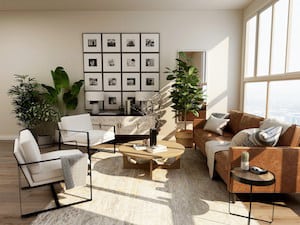
Conclusion
Remember, when applying these furniture arranging tips for a comfy space, making space for movement within the room is key. It’s important to avoid cramming furniture into every available square foot. This isn’t just to prevent you from constantly stubbing your toe, it allows the eye to rest and creates an aesthetic rhythm.
Furniture arrangement is like maintaining a lush garden. Overplanting can lead to chaos, and sparse planting might appear uninviting. The tip is to balance, prune, and arrange keeping aesthetics and practicality at the core. Keep refining furniture layout to achieve better traffic flow, enhance comfort, and ultimately, create a visually appealing environment.
The art of mastering furniture arranging tips for a comfy space lies in its unending adaptability. It’s fine to shuffle things around as needs evolve. It is a continuous interplay of function and style, just like a well-tuned orchestra performing a symphony. Finally, remember that balancing aesthetics and practicality is a fluid, ongoing process. So stay patient, and flexible, and most importantly, allow your space to reflect your unique individuality.
Indeed, the aspiring to balance practicality with aesthetics brings in further intricacies of interior design, including color coordination, balance, and proportion. This simultaneous focus on functionality and aesthetics is ultimately what can transform a room from simply a space filled with furniture to a thoughtfully designed living area. Thus, by acquiring a grasp of furniture dimensions, understanding room functionality, and appreciating the delicate equilibrium between aesthetic charm and practical use, you are well on your way to mastering the art of furniture arrangement—a skill that will inevitably elevate the form and function of your living space.


